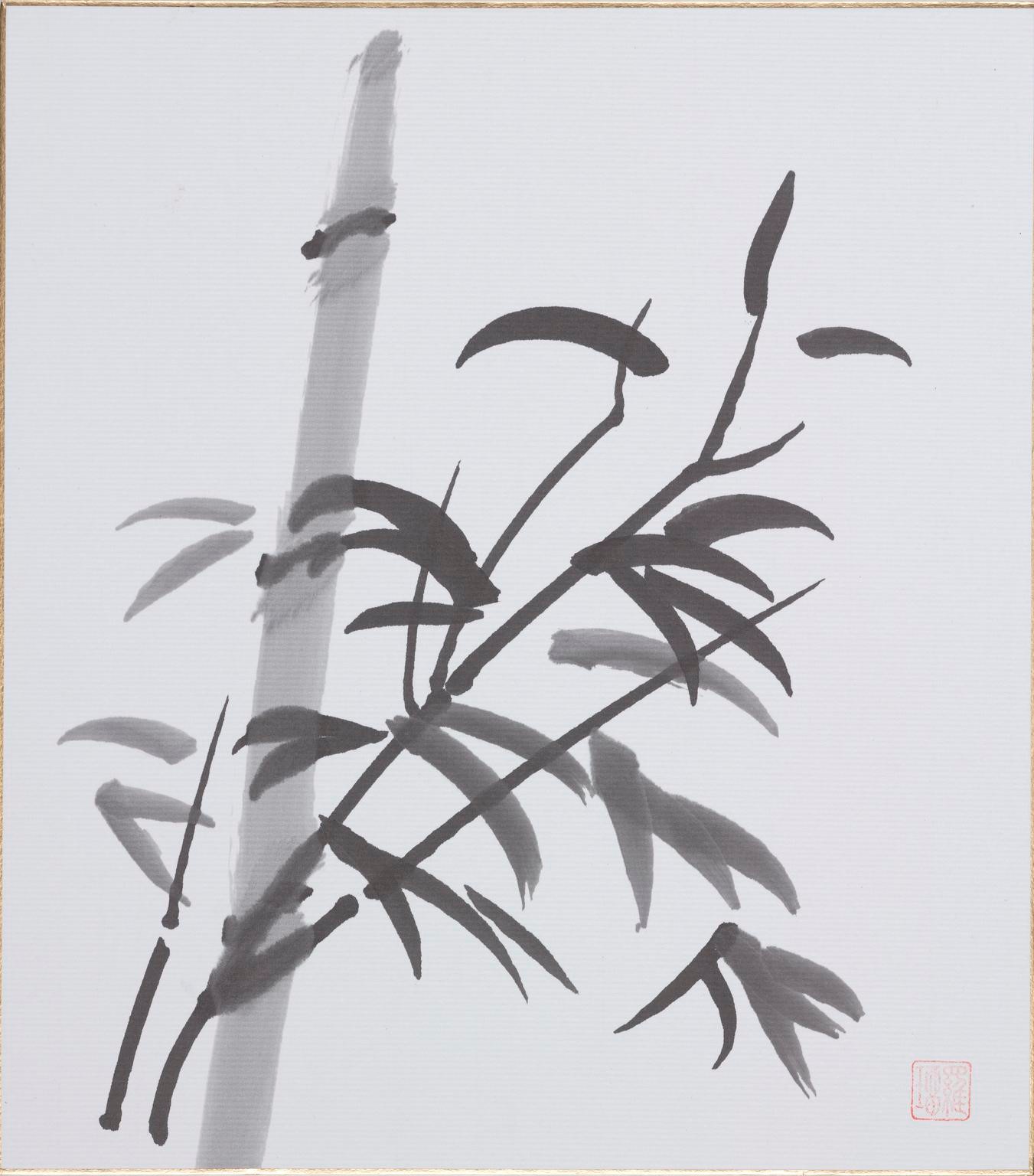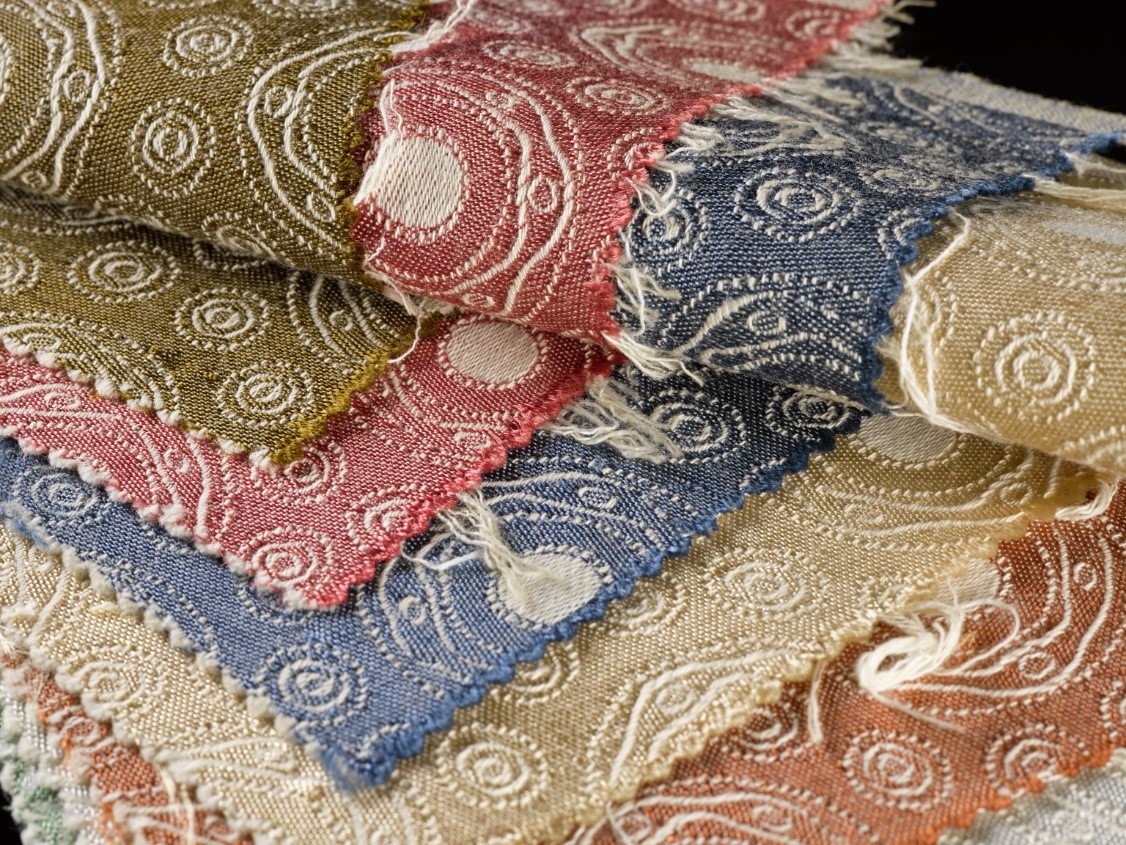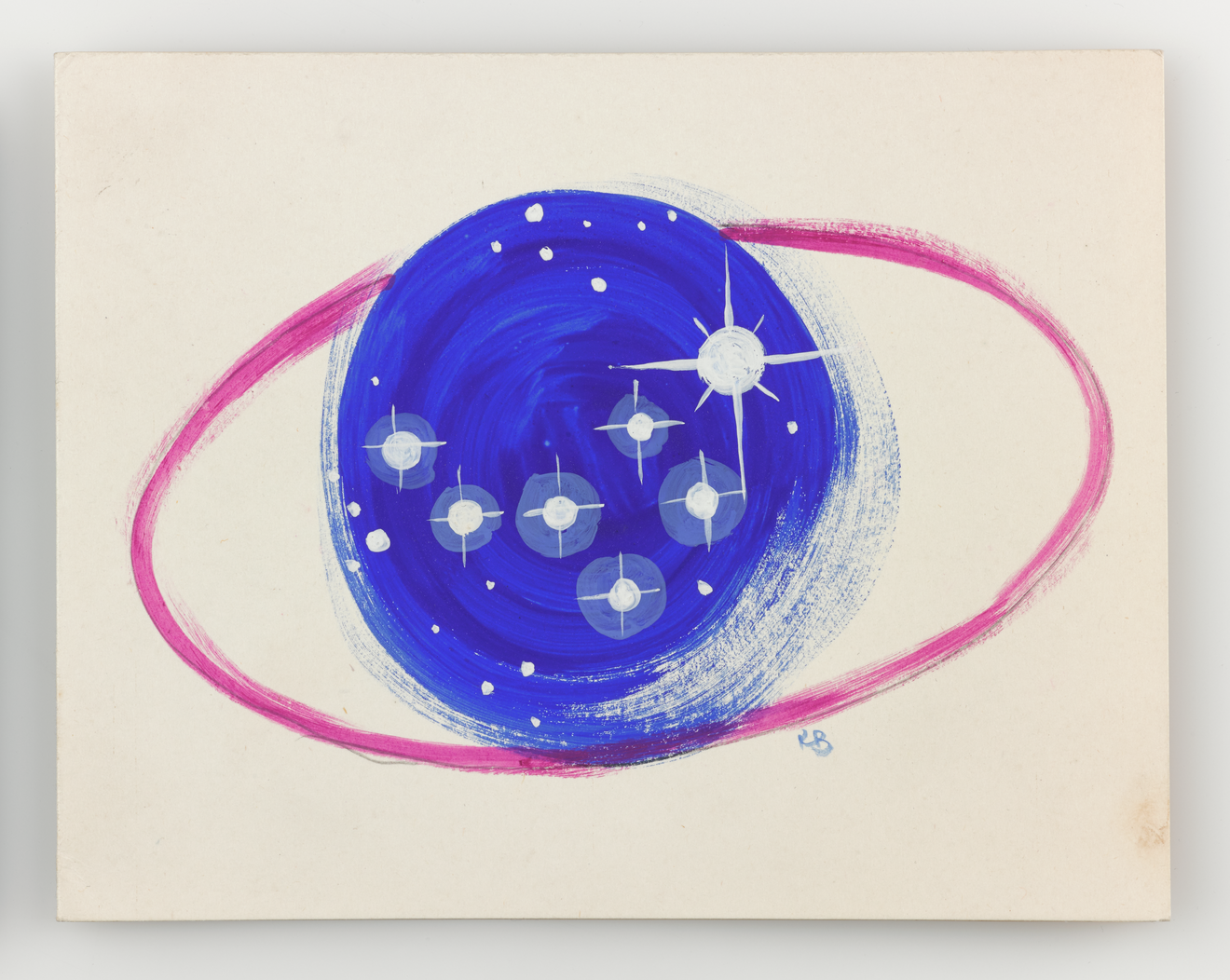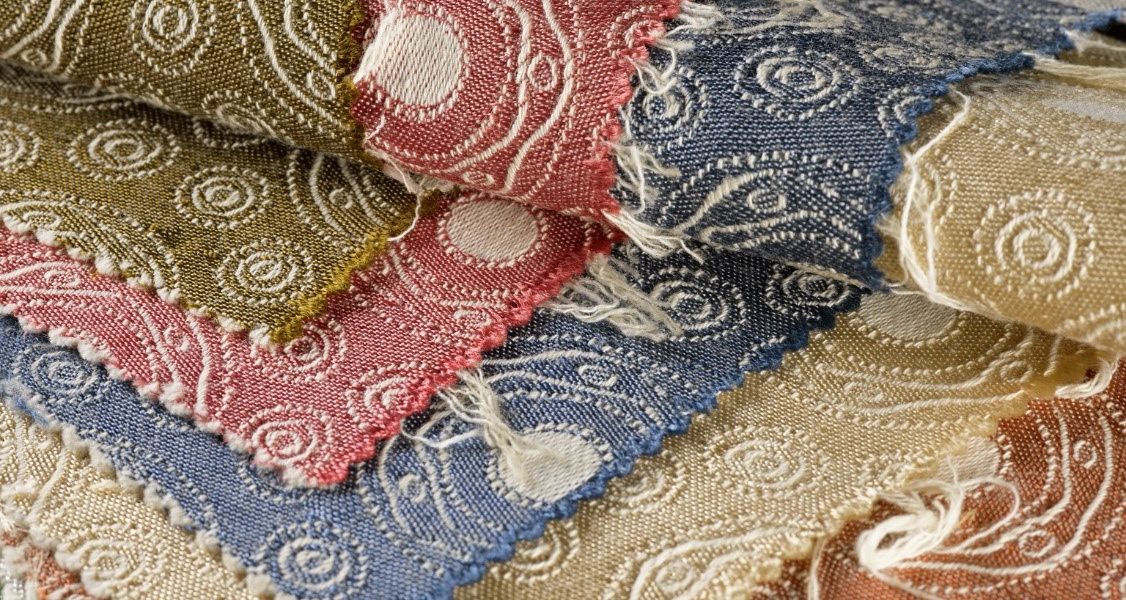Art and science are in continual dialogue and have been symbiotic and antagonistic in their relationship to revolutionary ideas. From machines, which through the history of science have simultaneously threatened, resembled and influenced the human body, to industry and how it has affected the environment and our landscapes, both artists and scientists have continued to question the idea of progress in our changing world.
In this blog we look at some examples of how science and the arts have interacted, met and undeniably influenced each other over the past 250 years.
Can AI Create art?

The word ‘creative’ seems inappropriate to describe a machine without independent thought processes, let alone imagination.
In 1991 – the early days of AI – the Science Museum exhibited the Portrait Drawing Robot, which drew pictures simply by processing images of its sitters captured through its camera. It registered the thickness of the lines it saw and converted them into instructions to determine whether the lines on the paper needed to be coarse, fine, straight or curved.
Nowadays, AI is more and more capable of creating complex images, but can we think of AI as the artist of tomorrow? Read Assistant Curator Martha Clewlow’s blog to find out.
How has science inspired fashion?

In the summer of 1951, the Festival of Britain helped reshape British arts and science for a generation. As a celebration of the end of the post-war financial recession, it showcased the nation’s efforts in mapping the heavens, exploring the globe and investigating the structure and nature of the universe.
Textile designers were inspired by X-Ray crystallography, which was fundamental to the discovery of the structure of many significant molecules, including DNA, penicillin, and insulin, and produced beautifully patterned textiles for the Festival. Read more from Sophie Waring, our Curator of Contemporary Science, in this blog from the archives:
Are arts and science ‘two cultures’?

May 2019 marked 60 years since an infamous Rede Lecture given at Cambridge by Sir Charles Percy Snow. Although you may not have heard of this event, the phrase that came out of it ‘the two cultures’ continues to influence what we believe to be the fundamental difference between the arts and science today.
The major thesis of Snow’s lecture was that a dangerous division of ‘two cultures’ had developed in the Western World, between the ‘literary intellectuals’ as he called them, and the natural scientists.
Art Curator Katy Barrett explores the themes of the lecture in this fascinating post.
Inspired by what you’ve read today? Visit the Science Museum this autumn and explore a season of free exhibitions and events that continues this conversation and asks the big questions.
